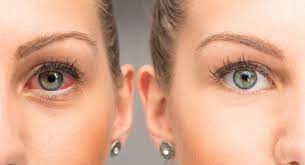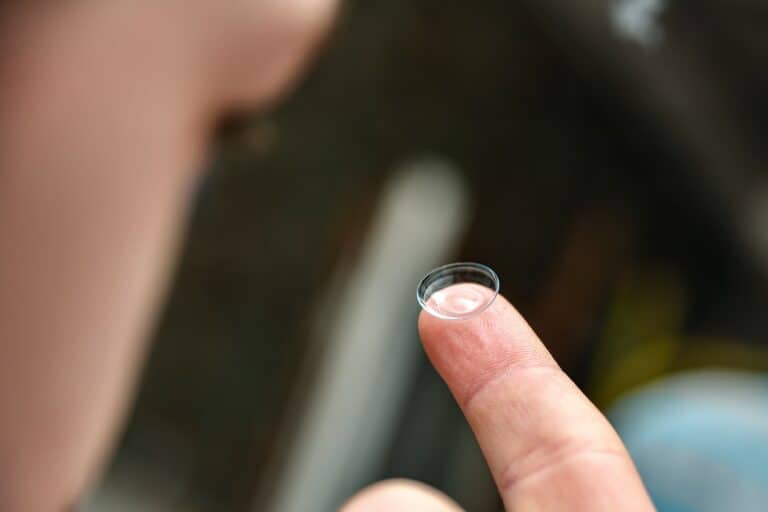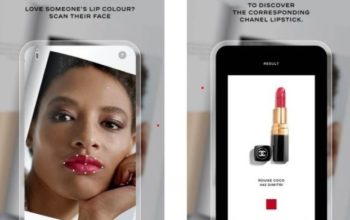How to Choose the Best Contacts for Dry Eyes, According to Eye Doctors–
You don’t have to completely swear off contact lenses if you have dry eyes—but some types are better than others.
The following written content by Amy Marturana Winderl, CPT

Dry eyes are uncomfortable for anyone, but when you wear contact lenses, any eye problem can be even more annoying. When your eyes get dry, lenses can feel irritating (or even just feel, when normally you can’t notice they’re even in). The thing is, contact lenses can also contribute to eye dryness.
Here’s what you need to know about how contact lenses can cause dry eyes, the best contact lenses for dry eyes, and other things you can do to help keep eyes hydrated and feeling good if you wear contact lenses.
How can contact lenses contribute to dry eye?
First, a quick eye anatomy lesson: The front of the human eye is covered with a tear film that has a few different layers, Scott P. Drexler, OD, assistant professor of ophthalmology at the University of Pittsburgh School of Medicine, tells Health. There’s a thin layer of lipids (fat) on top, a thicker layer of aqueous (water and proteins) in the middle, and a layer of mucus on the bottom. “Anything that will disrupt those layers is going to lead to a dry eye problem,” Dr. Drexler says.
Disruptions can come from the environment, medications, staring at a computer all day, or even a ceiling fan or air conditioning unit. Natural aging, hormonal changes from menopause, and certain health conditions can also contribute to dry eye, says Esek Akpek, MDYou , professor of ophthalmology at the Johns Hopkins University School of Medicine.

Wearing contact lenses can also interrupt the eye’s natural moisture and either cause or contribute to dry eye—and there are a few reasons why.
Think of soft contact lenses like sponges, says Dr. Drexler. “When you take a lens out of a case with solution, it’s like a sponge that is fully hydrated. As you wear the lens, normal evaporation from the air around you and other things like ceiling fans or air conditioning take moisture out of the lens and your eye has to replace it from the tear film,” he explains. When your eyes can’t keep up with the tear production—the hallmark characteristic of dry eye syndrome—dryness ensues. It’s why people who wear contacts may start blinking a lot towards the end of the day—the eyes are attempting to get more moisture to the lens.
Contact lenses can also cause irritation alongside the lid margin, particularly where the edge of the lens touches the bottom lid, Dr. Akpek says. This constant low-key rubbing can cause the glands to get inflamed and lead to dry eyes.
Finally, contact lenses also can contribute to dry eye by decreasing corneal sensation, Dr. Akpek says. When you constantly have something sitting on your cornea, it has to adjust. “In order for a person to be able to tolerate them, corneal sensation goes down.” This can lead to decreased tear secretion and decreased regeneration of the corneal epithelial cells (the surface cells that protect the cornea from the outside world). “Like the skin, corneal skin is shed on a regular basis; every 7 to 10 days the entire corneal epithelial layer renews itself,” Dr. Akpek says. “If there’s a decrease in corneal sensation, regeneration is delayed.” You may not necessarily feel dryness or discomfort because of the reduced sensation, she says, which means you might not recognize something is wrong until it’s really wrong.
What should you look for in contact lenses with dry eye?
Just because you have dry eye doesn’t mean you’re destined to a life of dry and irritated eyes if you’re a contact lens wearer. Certain features in your contact lenses can make them better (or worse) at keeping your eyes hydrated and comfortable.
Two big factors eye doctors consider when prescribing contact lenses are oxygen transmission and water content, Dr. Drexler says.
- Oxygen transmission: This just means how much air gets through the lens. “When you put a lens on an eye, it covers the cornea. The cornea gets nutrition from tear film and the air around it, so we want the air to go through the lens to get to the cornea and keep it healthy,” Dr. Drexler says. If a contact lens has low oxygen transmission, it will lead to dryness short-term and long-term, it can impact the health of the cornea. Having more moisture in the eye improves oxygen transmission.
- Water content: It sounds counterintuitive, but lenses with lower water content can help improve dry eyes, because they require less water from your eye to stay hydrated, Dr. Drexler says. Read more from H.M.





